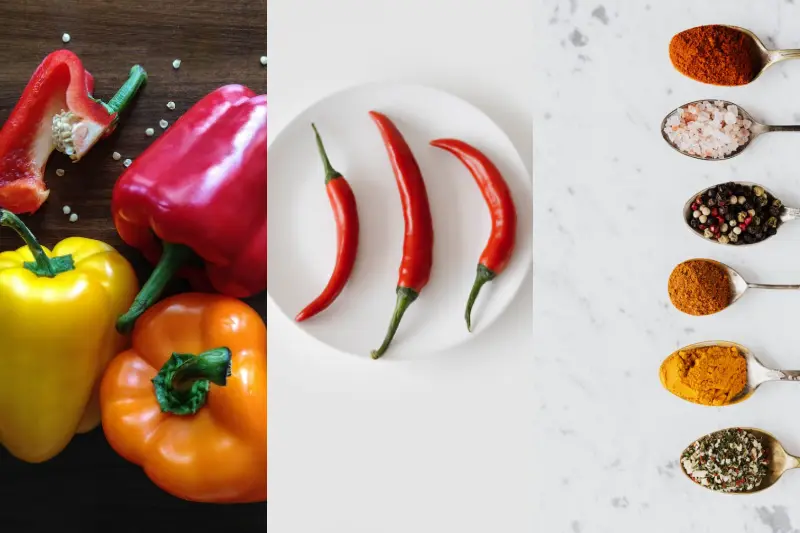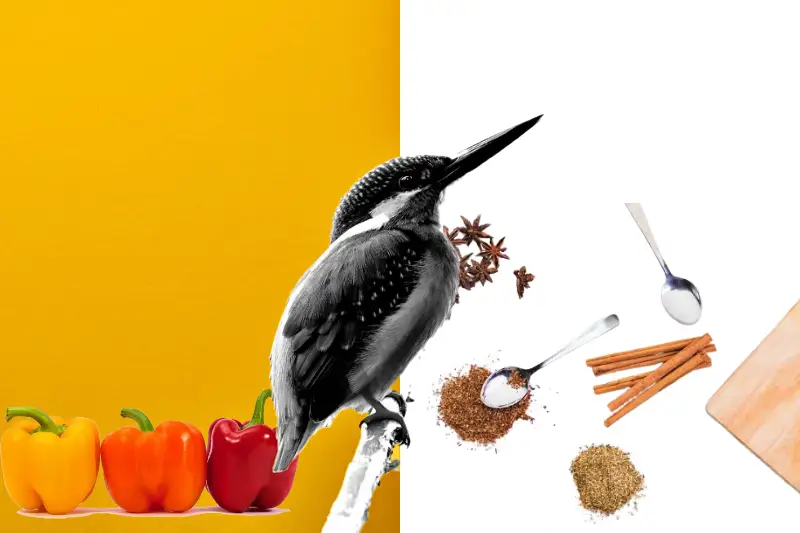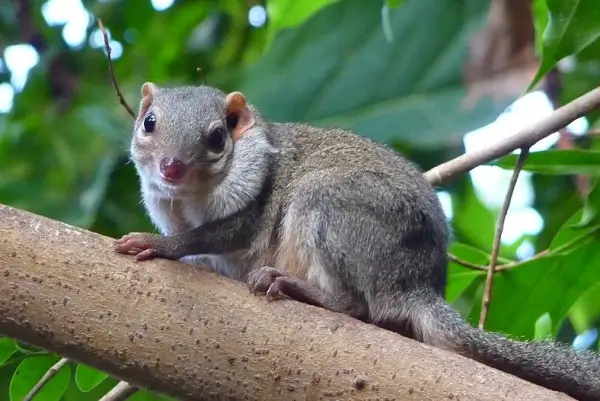Ever pondered whether creatures, apart from humans, have a liking for peppers and spicy delights? If so, you’re in for a treat!
Join us as we delve into the fascinating history of peppers and spices, exploring the diverse reactions of various creatures to these fiery treats.
I. What are Peppers and Spices?

Meet Pepper, the spice family comes in various colors and qualities, originating from Piper nigrum, a climbing shrub in India. Picture Pepper is a vine that wraps around stakes in commercial settings, replacing its wild tree embraces.
Imagine Pepper’s journey from a small flower to ripe berries, transitioning from green to vibrant red. Harvest time involves plucking the entire berry-laden spike, which dries under the sun, transforming into the familiar wrinkled orb found in kitchens worldwide.
Travel back to 6000 BCE, where Pepper, a culinary pioneer, was featured in ancient recipes mentioned in the Bible, Greek, and Roman cuisines. A diverse palate, including ginger and turmeric, highlights the spice trade connecting the Roman Empire to the East.
In the Middle Ages, Pepper became a source of wealth in Mediterranean Europe, influencing the rise of city-states and the shift from feudalism to capitalism.
In the late fifteenth century, we see the entry of Chili, a fiery game-changer in the spice trade. Capsicum annum and spp. redirected the focus from East to West, from India and China to South and Central America. Today, Chili is a global sensation, crossing borders and mingling with various hybrids.
So, when you sprinkle Pepper or taste the kick of Chili, remember, that these spices aren’t just condiments; they’re simple yet flavorful tales of trade, discovery, emotions, and cultural exchange – seasoned companions in the human story, adding spice to our lives.
II. How do Peppers and Spices Affect Animals?

In the world of flavors, humans stand alone in their love for Tabasco sauce, as pointed out by psychologist Paul Bloom. Surprisingly, while no other animals share our fondness for hot peppers, some, like mice and squirrels, possess the same spicy food receptors. However, they tend to steer clear of the heat.
Birds, on the other hand, defy the trend. They munch on hot peppers without feeling the burn, thanks to different receptors. The curious evolution of capsaicin, the compound responsible for heat, sparks debates among scientists.
Some propose it as a strategy to attract birds as chili fruit consumers, given that birds transport seeds without chewing or digesting them.
Others suggest capsaicin serves as a defense against parasitic fungi, with its mammalian heat sensation as a mere side effect. Some experts argue that humans, in their love for chilies, might be onto something beneficial.
It turns out, chilies, have health perks such as reducing blood pressure and exhibiting antimicrobial effects. There’s even the intriguing concept of “benign masochism,” where the thrill of the burn is likened to the excitement of riding a roller coaster, according to psychologist Paul Rozin.
III. Are There Any Animals That Eat Peppers And Spices?
Humans and Chinese tree shrews are the only known mammals actively munching on spicy chili peppers loaded with capsaicinoids. This shared preference suggests an intriguing connection between these Southeast Asian tree shrews and humans, both seemingly immune to the spicy deterrent effect of capsaicin.

Birds, particularly parrots, also join the spice party by relishing peppers, including the fiery habaneros. Their distinct taste receptors allow them to enjoy the nutritional benefits of these peppers as part of their natural diet.
Plants, in their struggle for survival, deploy clever defense mechanisms. The chili pepper plant, armed with capsaicin, deters most animals by inducing a burning sensation in their mouths. However, humans and tree shrews appear unfazed by this fiery compound, turning the plant into a dependable food source for them.

Expanding the narrative to mammals and insects, some primates like chimpanzees and baboons, along with certain rodents such as squirrels and mice, show a willingness to nibble on spicy peppers. In the insect world, beetles, caterpillars, and aphids are drawn to the scent and taste of peppers.
The spice tolerance varies, with capsaicinoids acting as a natural deterrent. Yet, there’s a select group of creatures that have developed a taste for the heat, navigating the intricate balance between nature’s defenses and their adaptive palates.
In the end, the world of animals and peppers unfolds as a simple yet fascinating tale of preferences and adaptations.
Conclusion
This concludes our exploration of the various types of peppers and their impact on creatures of different kinds. We’ve unraveled the history behind peppers and traced the journey that led to the creation of the peppers we know today. Stay tuned for more informative articles coming your way!
References:
- https://askabiologist.asu.edu/plosable/spicy-tasty-tree-shrews#:~:text=Tree%20shrews%2C%20which%20are%20closely,a%20reliable%20source%20of%20food.
- https://daily.jstor.org/peppers-and-spice-and-everything-nice/
- https://scroll.in/article/1037061/why-humans-are-the-only-animal-that-enjoys-eating-hot-peppers#:~:text=Mammals%2C%20like%20mice%20and%20squirrels,register%20the%20effects%20of%20capsaicin.
Also Read:

Hi everyone, my name is Shawna, and I’ve always been fascinated by the fascinating diversity of flora and fauna that our nature has in it. I am currently studying biotechnology and am particularly interested in animal biotechnology, delving into the intricate processes that define their true nature and uniqueness.
